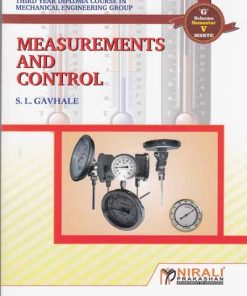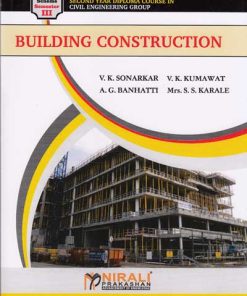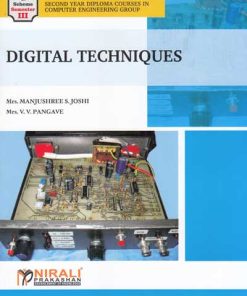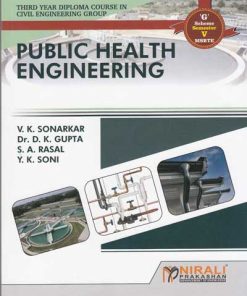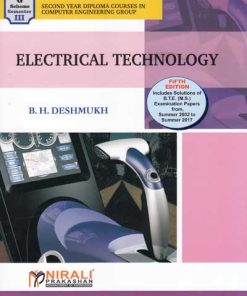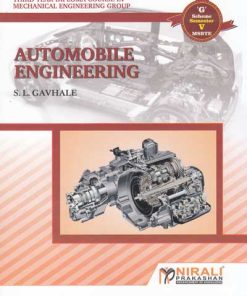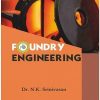-
×
 GEOTECHNICAL ENGINEERING | DR.RK JAIN,VR PHADKE,MRS. SS JAIN
₹50.00
GEOTECHNICAL ENGINEERING | DR.RK JAIN,VR PHADKE,MRS. SS JAIN
₹50.00 -
×
 Science and Technology Part-II Std. 10 (New Syllabus)
₹66.00
Science and Technology Part-II Std. 10 (New Syllabus)
₹66.00 -
×
 A MANUAL OF MEDICAL LABORATORY TECHNOLOGY
₹130.00
A MANUAL OF MEDICAL LABORATORY TECHNOLOGY
₹130.00 -
×
 FOUNDRY ENGINEERING | Dr. N.K. SRINIVASAN | Khanna Publishers
₹179.50
FOUNDRY ENGINEERING | Dr. N.K. SRINIVASAN | Khanna Publishers
₹179.50
Subtotal: ₹425.50


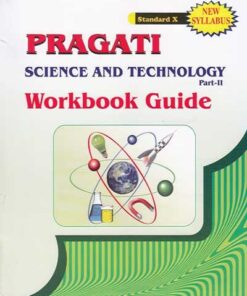 Science and Technology Part-II Std. 10 (New Syllabus)
Science and Technology Part-II Std. 10 (New Syllabus) 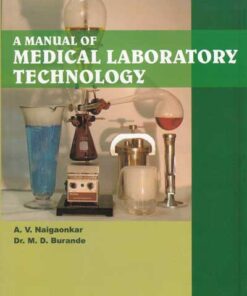 A MANUAL OF MEDICAL LABORATORY TECHNOLOGY
A MANUAL OF MEDICAL LABORATORY TECHNOLOGY 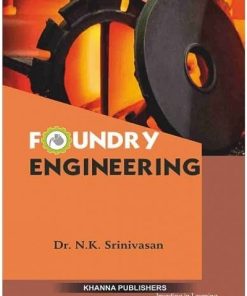 FOUNDRY ENGINEERING | Dr. N.K. SRINIVASAN | Khanna Publishers
FOUNDRY ENGINEERING | Dr. N.K. SRINIVASAN | Khanna Publishers 

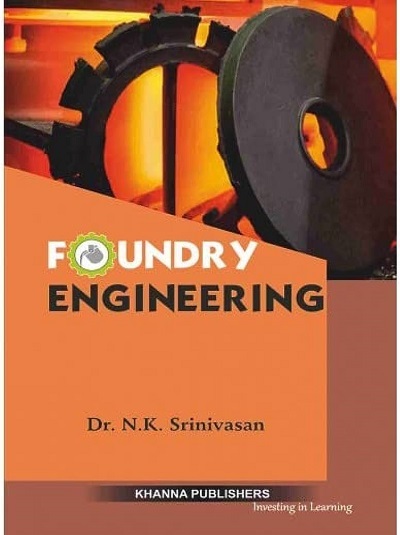
 Zoom
Zoom

